How to select pneumatic and electric actuators
Time:
Jan 10,2023
Author:
Source:
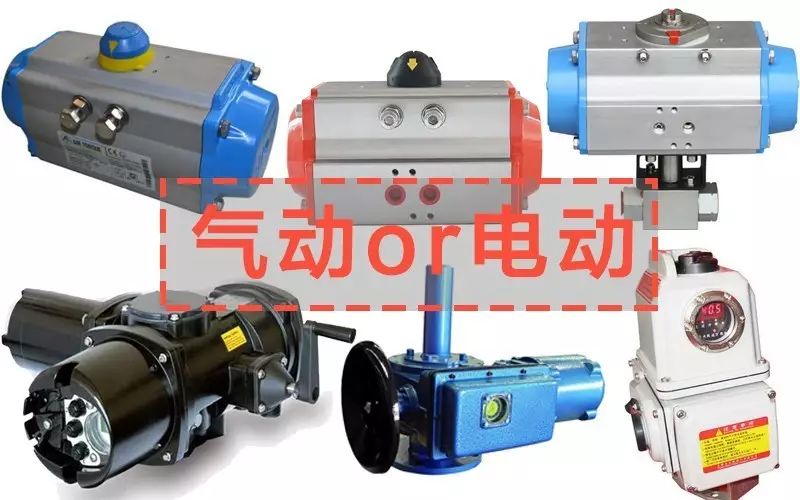
I. how to select the actuator
1. Main considerations for the selection of implementing agencies
① Reliability; ② Economy; ③ Stable action and sufficient output torque; ④ Simple structure and convenient maintenance.
2. Selection and comparison of electric actuator and pneumatic actuator
(1) Pneumatic actuator is simple and reliable
The poor reliability of the old electric actuator is its consistent weakness in the past. However, in the 1990s, the development of electronic actuator completely solved this problem. It can be maintenance free within 5 ~ 10 years, and its reliability even exceeds that of the pneumatic actuator.
(2) Driving source
The biggest disadvantage of pneumatic actuator is that it is necessary to set up gas source station, which increases the cost; The driving source of electric valve can be taken anywhere.
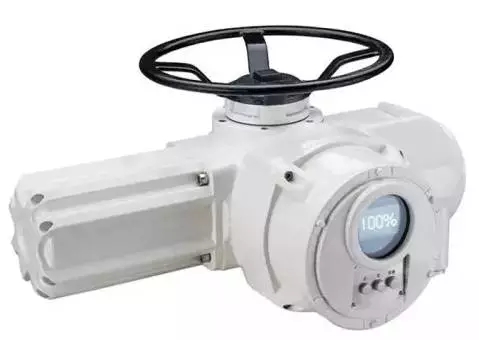
(3) Price aspect
The pneumatic actuator must be attached with a valve positioner and a gas source, and its cost is equal to that of the electric valve (the price of the imported electric valve positioner is equal to that of the imported electronic actuator; the domestic positioner is equal to that of the domestic electric actuator).
(4) Thrust and stiffness: both are equal.
(5) Fire and explosion proof
"Pneumatic actuator + electric valve positioner" is slightly better than electric actuator.
3. Recommendation
(1) If possible, it is recommended to select imported electronic actuators with domestic valves for localization occasions, new projects, etc.
(2) Although the thin-film actuator has the defects of insufficient thrust, small stiffness and large size, its structure is simple, so it is still the most used actuator at present. However, here we emphasize that it is best to select ^ Zha and ZHB ^ fine thin-film actuators to replace ^ ZMA and ZMB ^ old-fashioned thin-film actuators, so as to obtain lighter weight, smaller size and better performance Large output force.
(3) Precautions for selection of piston actuator:
① When the thrust of the pneumatic diaphragm actuator is insufficient, the piston actuator is selected to improve the output force; For the regulating valve with large pressure difference (such as medium pressure steam cut-off), when DN ≥ 200, even double-layer piston actuator shall be selected;
② For ordinary control valves, piston actuators can also be selected to replace membrane actuators, which greatly reduces the size of actuators. From this point of view, pneumatic piston control valves will be used more;
③ The typical structure of angular stroke actuator of diagonal stroke regulating valve is double piston toothed strip rotary type. It is worth emphasizing that the traditional "straight stroke piston actuator + angle iron + crank connecting rod" mode.
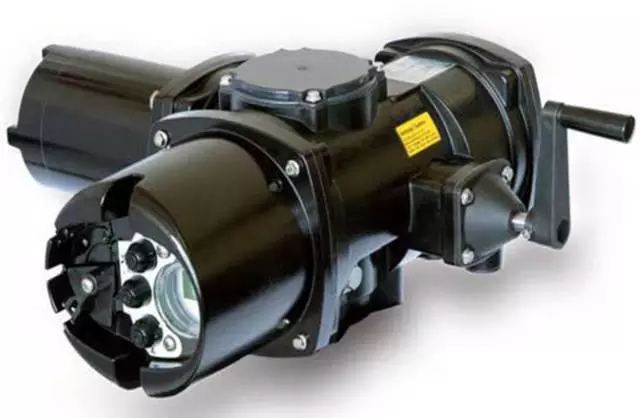
II. Comparison of electric and pneumatic actuators
1. Overload resistance and service life
Electric actuators can only be used for intermittent operation, so they are not suitable for continuous closed-loop operation. The pneumatic actuator has the ability of anti overload and is maintenance free in its whole service life. No oil change or other lubrication is required. Its standard service life is up to one million switching cycles, so the pneumatic actuator is superior to other valve actuators.
2. Safety
Pneumatic actuators can be used in situations with potential explosion hazards, especially in the following situations:
Explosion proof valve is required (such as Namur valve with suitable coil); The valve or valve island shall be installed outside the explosion area, and the pneumatic actuator used in the explosion area shall be driven by air pipe; The electric actuator is not easy to use in occasions with potential explosion hazards and has high cost.
3. Overload resistance
In case of increasing torque or special requirements for force, the electric actuator will quickly reach the torque limit. Especially when the valve actuator is opened irregularly or closed for a long time, the advantage of anti overload ability of pneumatic actuator is obvious, because sediment or sinter will increase the starting torque. Using pneumatic components, it is easy to
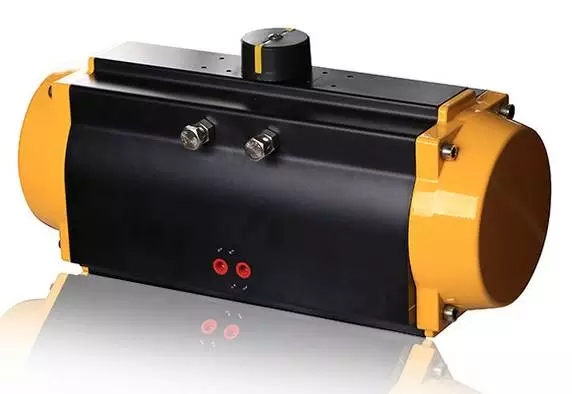
4. Economy
In water and sewage treatment technology, most valve actuators are operated in on / off mode or even designed as manual operation. Therefore, pneumatic components create an important prospect of rationalization. Compared with the pneumatic actuator, if the electric actuator is used, the monitoring functions such as over temperature monitoring, torque monitoring, conversion frequency and maintenance cycle must be designed in the control and test system, which leads to a large number of line inputs and outputs. In addition to terminal position sensing and air source processing, pneumatic actuators do not require any monitoring and control functions. The cost of pneumatic actuator is very low, so the manual valve actuator should be automated.
5. Assembly
Pneumatic technology is very simple. It is easy to install the pneumatic actuator on the valve driving head and connect and drive the air source treatment device. In addition, the maintenance free design of the pneumatic actuator ensures easy-to-use installation and operation.
6. Components
Pneumatic components have high vibration resistance, strong and durable, and generally will not be damaged. Even high temperatures do not damage corrosion-resistant elements. The electric actuator is composed of a large number of components, which is relatively easy to be damaged.
7. Technology
The linear actuator acts directly on the closing device, while the swing actuator only needs a piston and a drive shaft to convert the "linear compressed air force" into swing. Slow motion can also be easily achieved using pneumatic actuators, such as by using simple and low-cost flow control elements. When the electric actuator converts the supplied energy into motion, great energy loss will occur. Firstly, the electric motor converts most of the energy into heat, and secondly, the gearbox is used.
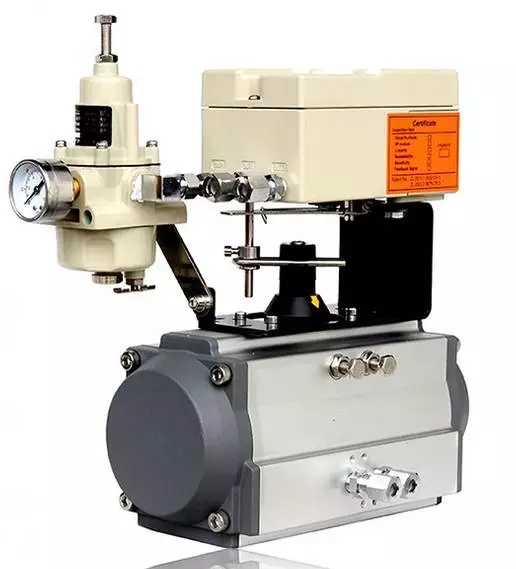
III. summary
1. Pneumatic actuator
Nowadays, the actuators used in most industrial control occasions are pneumatic actuators, because using air source as power is more economical than electric and hydraulic, and has simple structure and easy to master and maintain. From the maintenance point of view, the pneumatic actuator is easier to operate and calibrate than other types of actuators, and the positive and negative left and right interchanges can be easily realized on site.
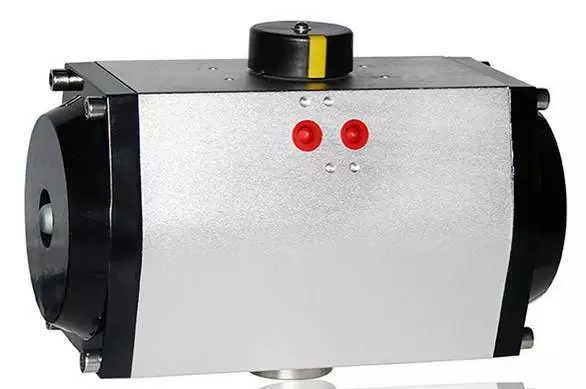
Its biggest advantage is safety. When using the positioner, it is ideal for flammable and explosive environment. If the electric signal is not explosion-proof or intrinsically safe, it has the potential risk of fire caused by ignition. Therefore, although the application range of electric control valve is becoming wider and wider, pneumatic control valve still occupies an absolute advantage in the field of chemical industry.
The main disadvantages of pneumatic actuator are: slow response, poor control accuracy and poor anti deviation ability, which is due to the compressibility of gas. Especially when using large pneumatic actuator, it takes time for air to fill the cylinder and empty. However, this should not be a problem, because high control accuracy, extremely fast response and anti deviation ability are not required in many working conditions. 2. Electric actuator electric actuator is mainly used in power plant or nuclear power plant,Because a smooth, stable and slow process is required in the high-pressure water system.
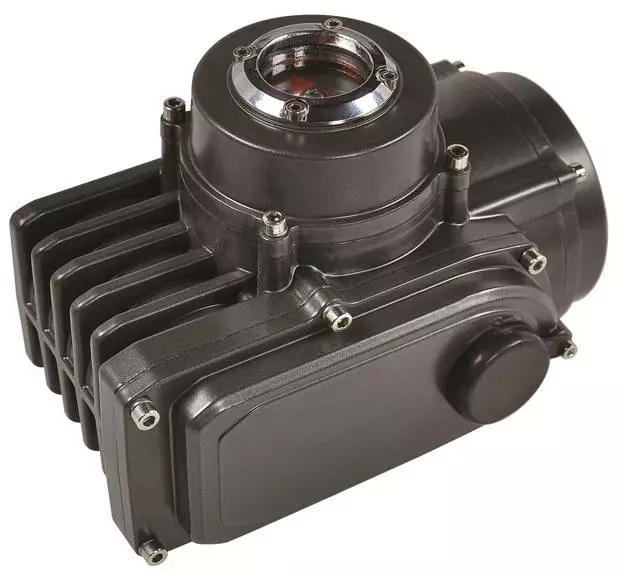
The main advantages of electric actuator are high stability and constant thrust that can be applied by users. The thrust generated by the maximum actuator can be as high as 225000kgf. Only hydraulic actuator can achieve such a large thrust, but the cost of hydraulic actuator is much higher than that of electric actuator. The anti deviation ability of the electric actuator is very good, and the output thrust or torque is basically constant, which can well overcome the unbalanced force of the medium and achieve the accurate control of process parameters, so the control accuracy is higher than that of the pneumatic actuator. If the servo amplifier is used, it can easily realize the exchange of positive and negative reactions, and can also easily set the off signal valve position state (hold / fully open / fully closed). In case of fault, it must stay in the original position, which can not be done by the pneumatic actuator. The pneumatic actuator must realize the position preservation with the help of a set of combined protection system.
The disadvantages of the electric actuator mainly include: the structure is more complex and more prone to failure, and due to its complexity, the technical requirements for on-site maintenance personnel are relatively higher; The motor shall generate heat during operation. If it is adjusted too frequently, it is easy to cause the motor to overheat and generate thermal protection. At the same time, it will also increase the wear of the reduction gear; In addition, the operation is slow. It takes a long time to output a signal from the regulator and move to the corresponding position in response to the control valve. This is where it is inferior to pneumatic and hydraulic actuators.


